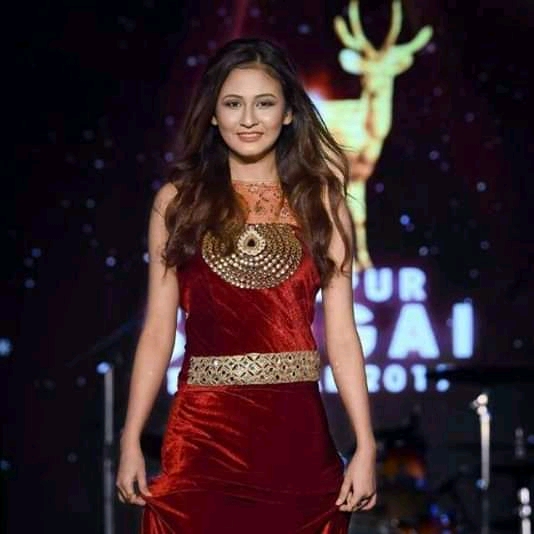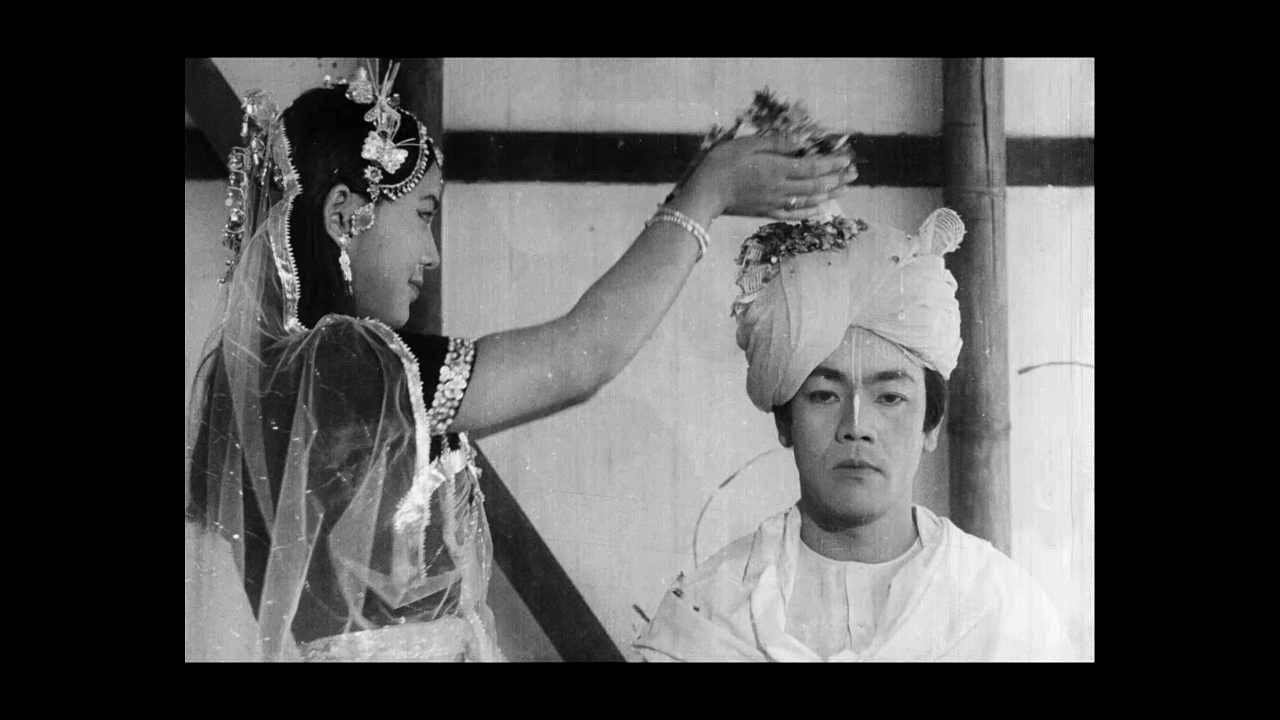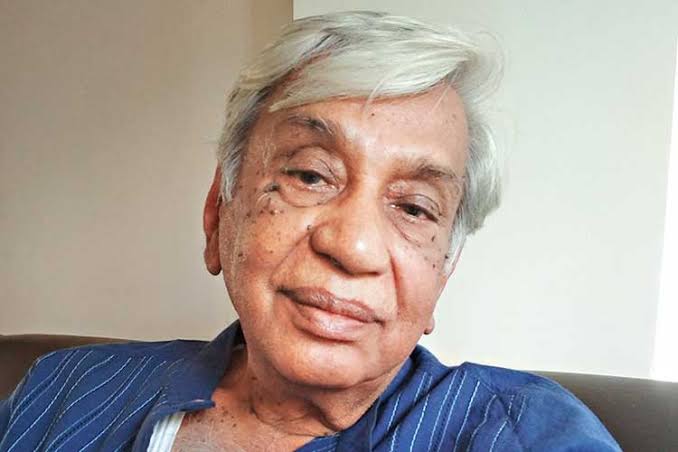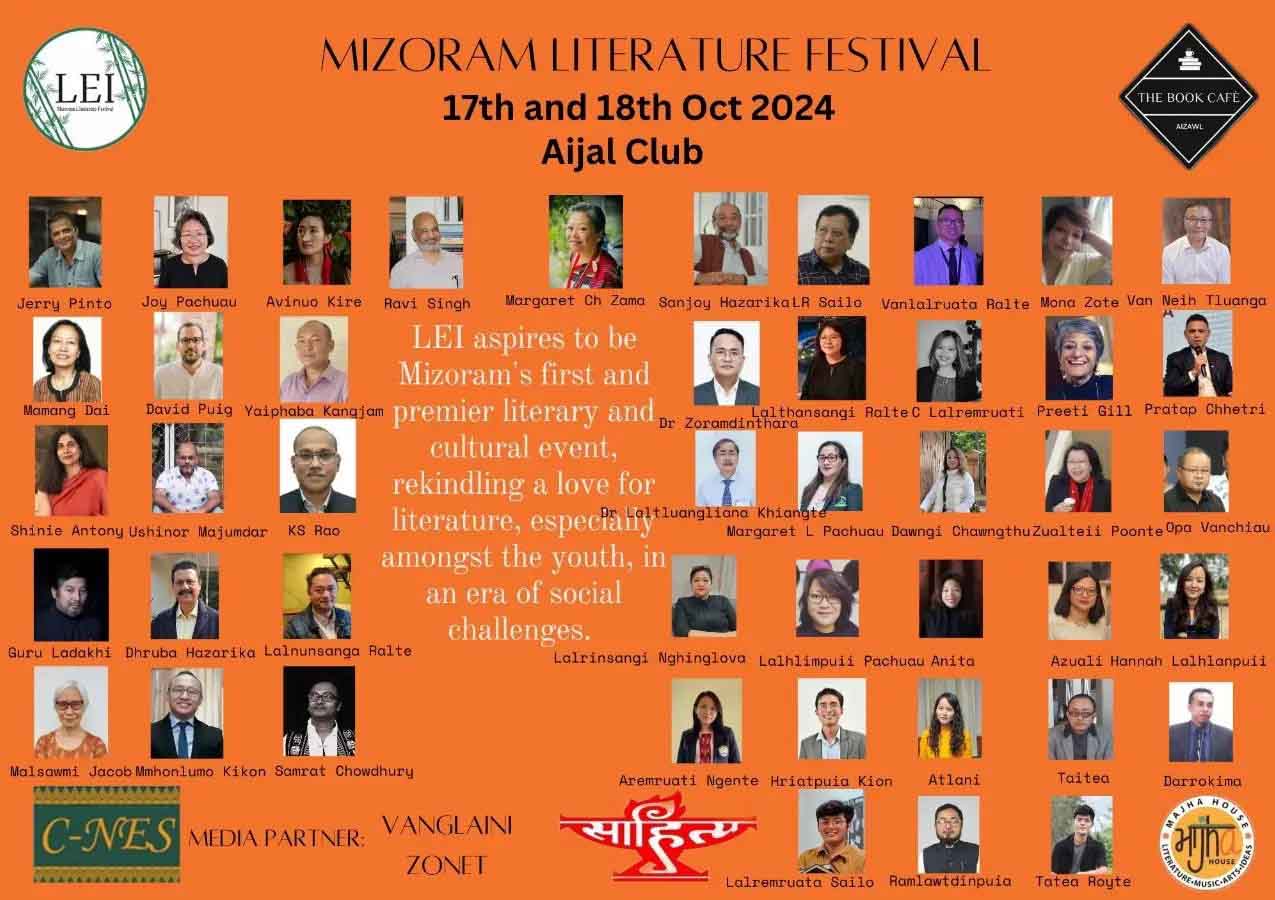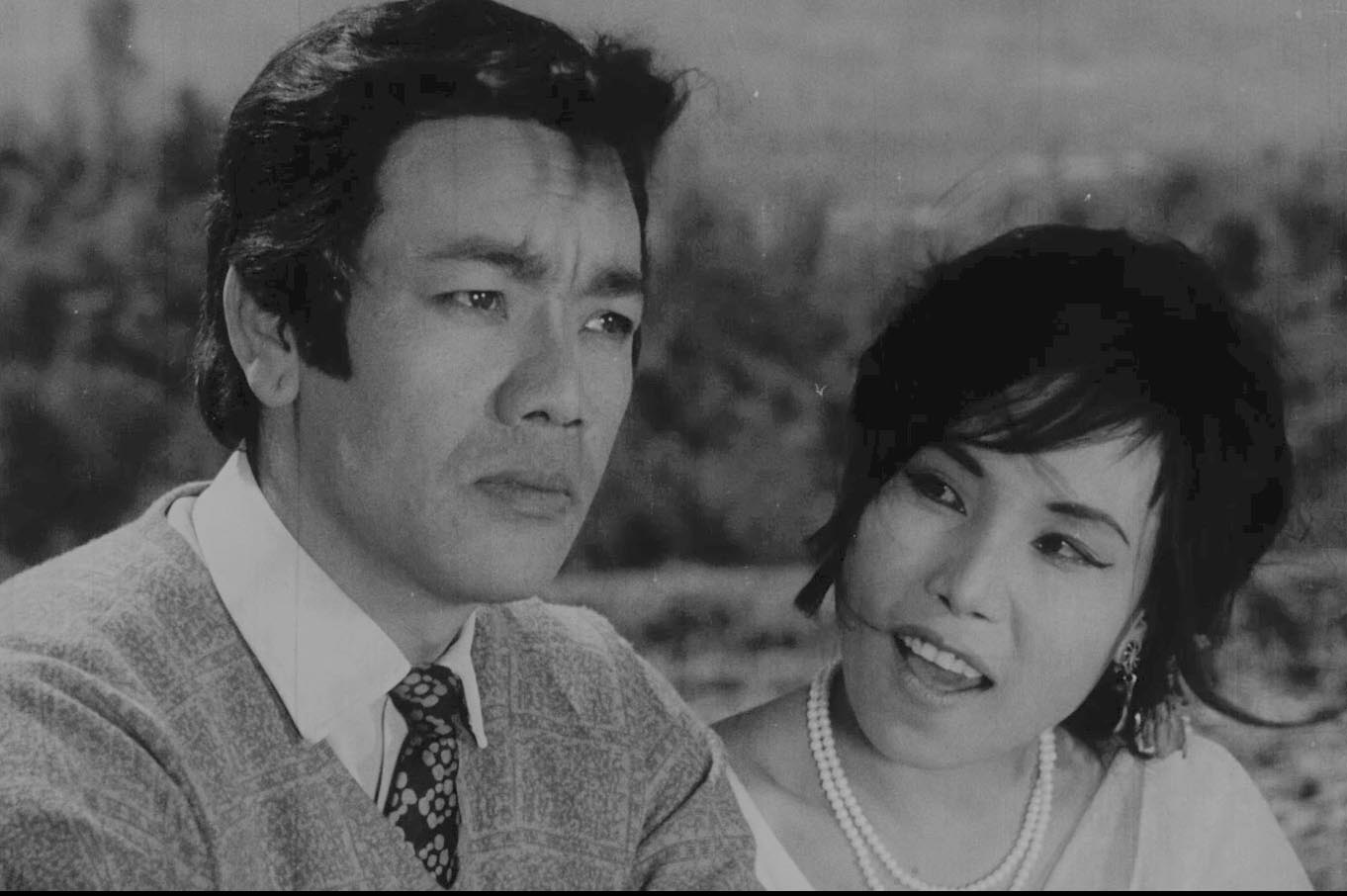The Ministry of MSME launched the Design Clinic Scheme in 2007 in New Delhi, with assistance from National Institute of Design (NID), Ahmedabad, as Nodal Agency, under the National Manufacturing Competitiveness programme, for overall growth of MSMEs and entrepreneurs of the country. The MSME sector in India has been recognised as the engine of economic growth and plays a vital role in the Indian economy. MSMEs contribute 45% of industrial production and around 40% of the total exports. There are about 13 million MSMEs in India, which employ about 31 million people. Thus MSMEs are the single largest contributor in terms of employment generation, besides production and export revenues in the manufacturing sector. Products of MSMEs are seen in the value chain of almost all major industries, as raw materials, utility and decorative items.
Manipur has around a hundred arts and crafts in Handloom, Handicrafts, traditional and contemporary Apparel and Garmenting and Embroidery sector. The application of design motifs and materials are also different from age old folk art, craft and cottage industry techniques to contemporary concepts and adaptations. The valuable marketable products of art, craft traditions and MSME sectors also continue to reflect the diverse regional and socio-cultural profiles of communities residing here. Very frequently, art, weaving, craft and MSME traditions communicate important cultural concepts and function beyond their basic role of necessity, ornamentation and cultural expression. And such products are known worldwide as “MANIPURI PRODUCTS OF MATERIAL CULTURE and INDUSTRY” as they have inseparable relation with history, religious practices and cultural heritage of Manipur. So, the topic here being “Value of design and Design practice, in handloom, handicrafts, readymade garments, tailoring and embroidery sectors”, let’s start with the role of design for entrepreneurial development.
Design is an approach, process and methodology. Design is intended, purposeful, contextual, which is aimed to create an advantageous, distinct and futuristic outcome to the existing scenario. Design being systematic and holistic in nature, helps in generating more creative, impactful and sustainable products.
Design intervention in business is to create value addition to existing products and manufacturing techniques. Through the design process, SMEs can add value to products, services and to their firms. Design, innovation, entrepreneurial growth are closely linked. Design and innovativeness is not simply about new products or techniques. It is also about improving and diversifying products of everyday use, solving market decline of old products, reducing costs, increasing utility and acceptability, resulting in new business opportunities. We must also always remember that design is recognised as an innovative discipline that can help MSMEs to sustain and grow in a competitive market.
As we all know, the buying capacity of people is increasing locally, nationally and globally, with buyers expecting real value of every penny spent, to satisfy their various needs. The role of MSME and entrepreneurs in handloom, handicraft, readymade garments, tailoring, now known as apparel and garmenting and embroidery is, to develop products to satisfy various needs of buyers and patrons.
Starting from handlooms, entrepreneurs need to weave more tastefully designed quality fabrics first, with quality yarns in bulk manner, as the Government of Manipur has made an announcement to all government offices, hospitals, schools and colleges etc., to buy and use 40% of handloom fabrics for various requirements. Also, we must remember that the Government of India has already announced the buying of 20% of handloom fabrics under the Government Purchase Scheme. So, handloom MSMEs need to weave new designs of school uniform material, tie, curtain, table cloth, dining table cover, runner, table mat, cushion cover, filter cover, towel, handkerchief, school bag cloth etc. Besides school dress materials, new design fabrics for readymade garments, religious and ritual clothes, dance costumes, home wears, bedroom clothes, traditional and contemporary dress items can also be woven, using tribal textile designs, Meitei Pangal dolaiphi and Meitei wears, as around 35 lakhs Manipuris are buying local handloom fabrics annually along with people from other parts of the country and tourists also. We must also realise that the demand for traditionally designed Manipuri handlooms is increasing globally. So we must apply various traditional patterns of Manipur, with innovation and diversification and weave wisely after undertaking market surveys through the Internet to learn design and colour choice, and lifestyles of other states of India and global countries.
Regarding the handicraft sector, having worked as an empanelled designer under D.C. Handicrafts, Ministry of Textiles, New Delhi, since 2000 first as a freelance designer of NE India region and national designer from 2005, along with my daughters, empanelled designer Sriya Salam Kataria and Priya Salam, I have instilled the idea of value of design and design practice to entrepreneurs and NGOs of NE and Manipur, through the three Design Schemes i.e. Design and Technical Development workshop, Innovative Design Mould Making training and Integrated Design project. During regional level seminars and buyer-seller meets at Guwahati since 2000 till today, I have proposed introduction of market linkage programme with mini exhibition at the completion of the six months Integrated Design Project, as more than 60 new design prototypes each are developed for every selected 2-4 crafts, for benefit of the poor artisans, by introducing to them around 1000 original motifs since 2000-2016.
Readymade garment and tailoring sector plays the second most important economic role in our state as everybody needs a variety of dresses/clothes from birth to death. So, if MSMEs in this sector do a proper market testing and survey, by introducing newer design motifs and implementing new technical practices with required materials and equipment, a sea of change can be developed in this area. As for myself, besides being a professional crafts, textile, garment and fashion designer, I am also an entrepreneur and have some industries in the above sector. I have been manufacturing garments and accessories, taking stitching jobs/services since 1995 and also presenting Ramp Design Shows at Metro cities, fashion Meccas of India and Manipur regularly till today, as a publicity campaign, besides participating in local, national and global Melas.
Lastly, by introducing new designs, we have large scopes in the embroidery sector. Manipuri embroidery is world standard and craftsmanship is excellent. Also we have our own ethnic variety of embroidery techniques i.e. Safi Lanfi/Sami Lanmi, Phiribi/Applique/Katao, and hand embroidery techniques, using silk and cotton yarns in olden times and nowadays floss yarn, metallic and acrylic woollen yarns, with value added techniques (VAT ) with stitching of shining embellishments. Earlier, we used to embroider traditional designs namely Khoi Mayek and its varieties, Hijam Mayek and phigok-phidon in ladies lower garment Mayek naibi phanek etc., nowadays most of the ethnic Manipuri designs namely Sa Nga design of Konthoujam Lairembi Phanek, Phantup, Ningkham Samjin, Angon Samjin, Potloi Phiban Design Of Khoi-Tenga Set, Most Kuki Tangkhul and Kabui textile designs and new floral or geometrical patterns are embroidered in most fabrics with shining embellishments, cord embroidery and lace/zari working for market value addition. My earnest request to MSMEs practising embroidery is, please embroider cream colour Pasmina/woollen shawl for both gents and ladies with newer design in bulk with Arabian and Pakistani techniques, as it is a must for every Meitei male or female to buy 2 or 3 shawls for religious and ceremonial occasions and its demand is increasing every day.
For production of new designs, the need for improved tools and equipment arises here as traditional methods of hand embroidery is time consuming. So it is advisable to use more motorised and digital embroidery machines for large scale production with accuracy and speed.
Regarding handloom MSMEs, new intricate designs with various yarns, blends, on improved looms and accessories is a must for the bulk production to meet the datelines. Modern Handloom with Solar Charkha can also be introduced to our talented weavers as it will bring double income. Other states of the country have been working on it since the last many years. Manipur is going to have a Textile Park with 201 semi-automatic power looms to be managed by 41 selected entrepreneurs in 2018 at Lamboikhongnangkhong, Imphal. But the handloom sector need not be discouraged as the handloom items protected by the Handloom Act will not be woven by power looms. Handloom market can always thrive with wise selection of designs and techniques/quality yarns/newer trendy colours and fusions of yarns/blends etc. Most ritual/religious fabrics of Manipur cannot be woven in power looms also.
Manipuri weavers, crafts persons and workers are a class apart. But, alone he or she could not achieve much. Skill sharing is required here and weavers/artisans must form SHGs for Cluster and Enterprise development and growth. Once MSMEs and entrepreneurship is developed and sustained, we must work hard by consulting design experts on a regular basis, to develop a niche in a forever changing world marketing scenario. MSMEs also must form SHGs so that artisans, weavers and workers can be made eligible for the benefits given by Government of India, for improving their living standards, health and production rate for growth of our economy.
Lastly, but not the least, MSME sector must spare some time from their busy schedule and attend such Design Clinics from time to time as it will bring design experts and consultants to their doorstep with new innovative motifs and technical concepts which will give a boost to their enterprises.



